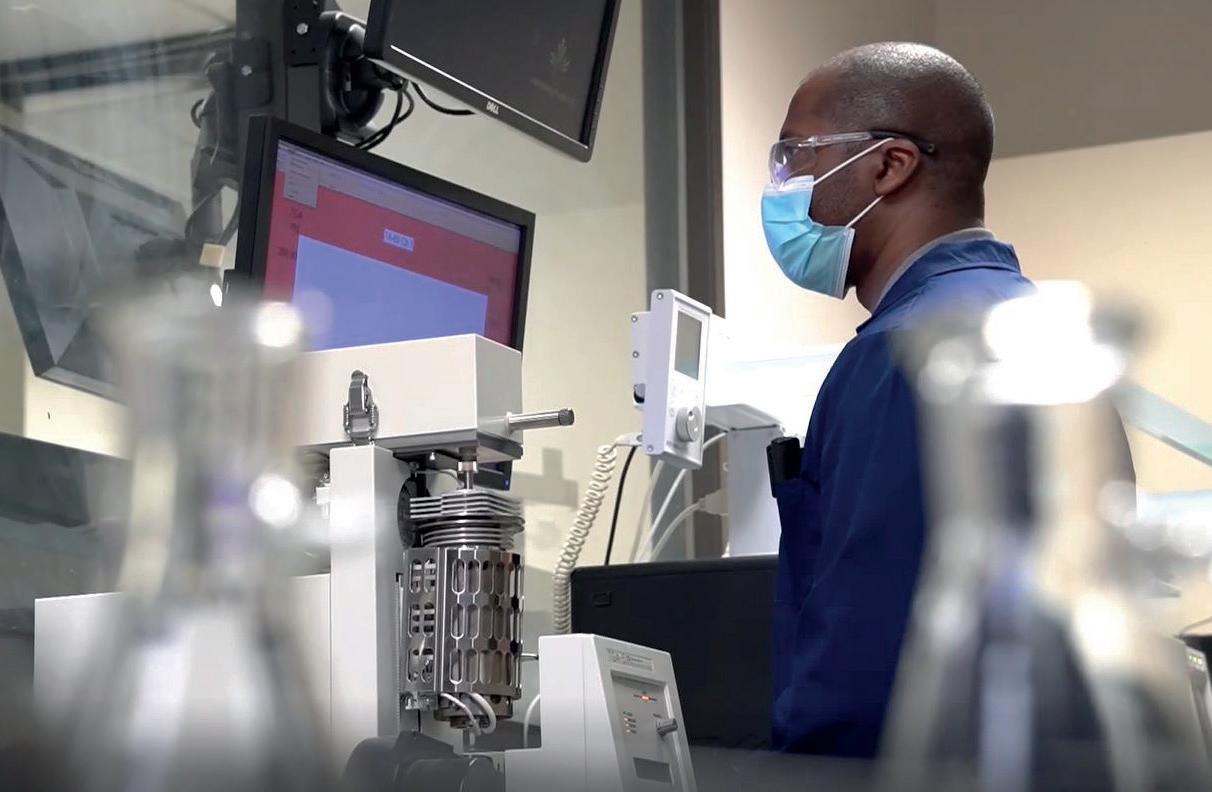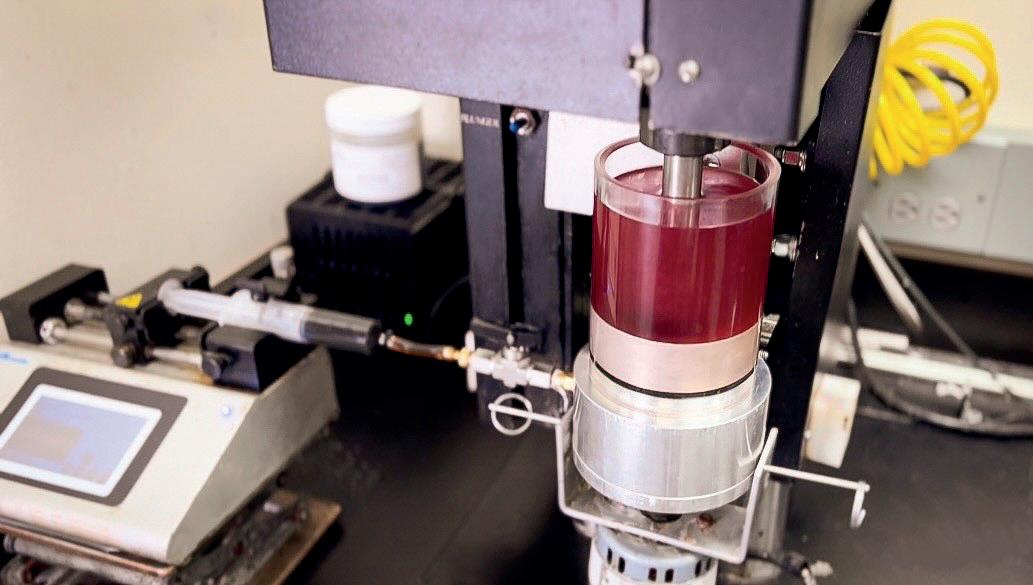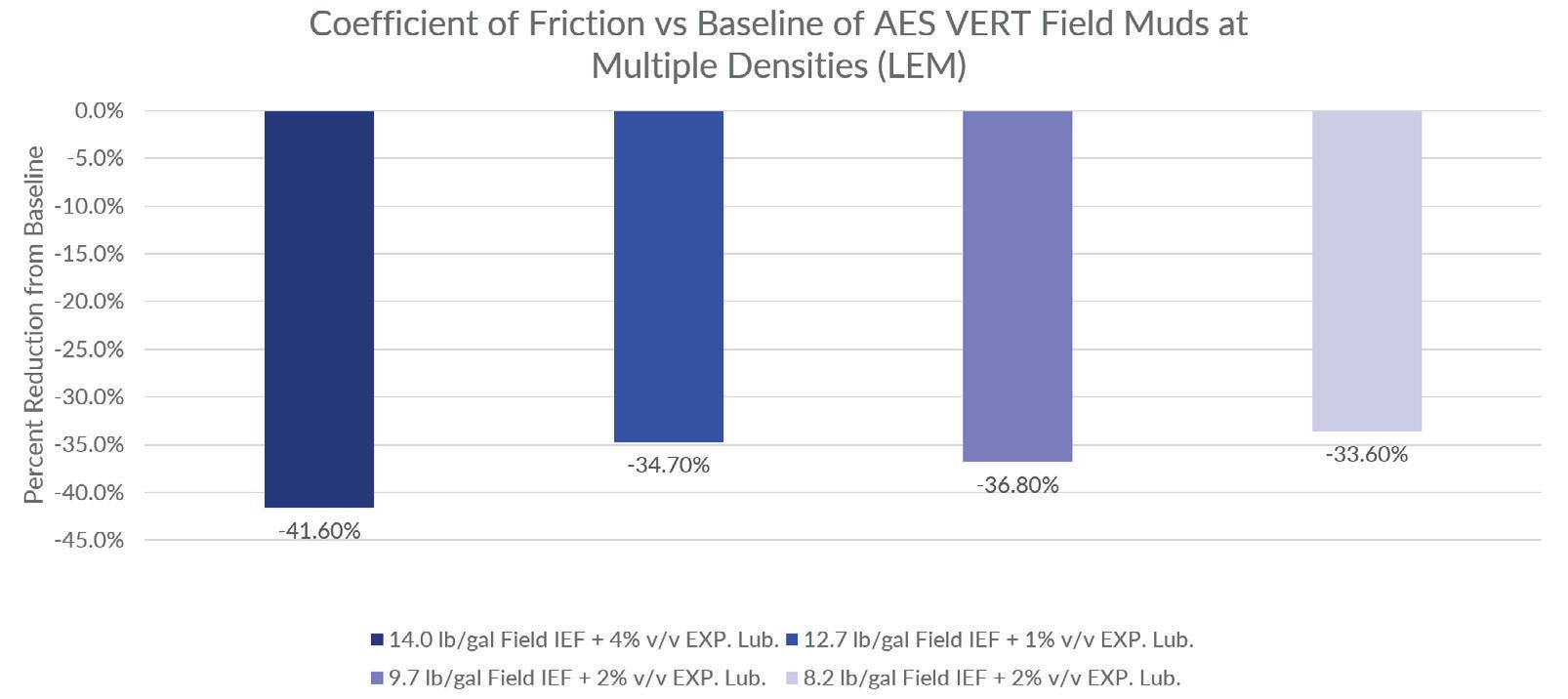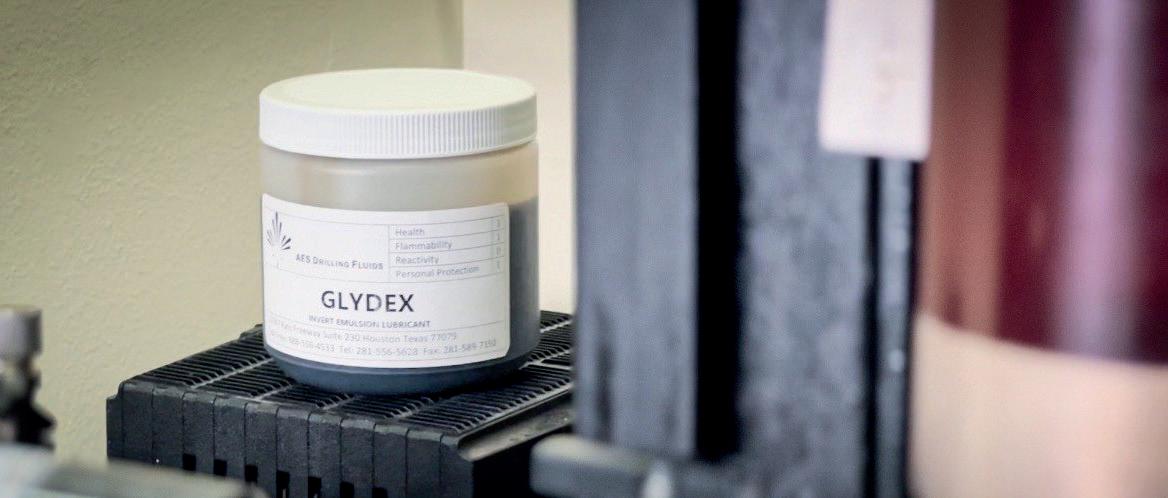
7 minute read
Inverting the status quo

Matthew Offenbacher and Richard Toomes, AES Drilling Fluids,
USA, explain why industry scepticism meant a different approach was required when developing an invert emulsion lubricant.

Creating an effective invert emulsion lubricant that provides sustained lubricity is an objective of many drilling fluid technologists. Producing a cost-effective additive that delivers performance to drill further and faster has remained elusive for several reasons.
Oil and gas wells continue to push technical limits to improve economics. Longer laterals extend reservoir contact, maximising production across fewer wells. With longer laterals, challenges with torque and drag increase, reducing pipe life, compromising directional control and reducing the rate of penetration (ROP). At the margins of what is feasible, a few hundred feet of lateral length can make the difference between achieving or failing to meet well production targets.
Water-based drilling fluids with supplemental lubricants are an option, but invert emulsions are the standard for greater lubricity in these challenging environments. The inherent lubricity of the oil in the oil-continuous phase and the oil-wet environment provides consistent and predictable torque reduction.
When torque is an issue with a properly maintained invert emulsion system, there are few options. Invert emulsion lubricants, seeking to replicate the torque reduction potential of water-based additives, have a mixed performance record. In many cases, the invert emulsion lubricant fails to provide any torque reduction whatsoever. In other cases, the effect is temporary, lasting less than a few hours.
The complex environment in which an invert emulsion lubricant must perform is a seemingly insurmountable challenge. Customers continue to demand a solution, trying any additive rumoured to provide a benefit. Drilling fluid companies’ research and development teams approach the task with scepticism, given the number of materials that have failed.
In the drilling fluid technology domain, any discussion of invert emulsion lubricants is treated as producing snake oil. Many products come and go. Even with promising laboratory data, the results simply do not appear in the field. Product development is laden with scepticism as claims of a new product are repeatedly met with a failure to deliver results.
The primary challenge surrounds the complex chemistry of an invert emulsion drilling fluid. Emulsifying surfactants maintain the water-in-oil droplets while wetting agents oil-wet drill solids, weight material and other additives. Emulsions are inherently complex, and introducing another surfactant can, at worst, destabilise the system and, at best, adsorb onto surfaces and fail to reduce the coefficient of friction.
Given this complexity and repeated attempts to meet customer demand, AES Drilling Fluids attempted a new approach. When the COVID-19 pandemic crippled oil and gas activity, product development initiatives were launched to maintain commercial momentum once the market recovered (Figure 1). An invert emulsion lubricant project was identified as potentially having a high impact for customers.
Knowing the implicit bias and general scepticism around potential success, the research and development team knew a different approach was necessary for any breakthrough. In this case, an outside researcher with a strong chemistry background but no specific drilling fluid knowledge was given the task of overseeing the project. This ‘fresh set of eyes’ approach brought every option back on the table. The research and development team still provided design criteria and test methods but avoided introducing bias into candidate chemistry selection from their past experience.

Figure 1. AES laboratory technician working on new product development through the COVID-19 pandemic.
Figure 2. Illustration of surfactant-based lubricants adhering to solids and internal-phase droplets over time.
Figure 3. Image of the modified LEM and syringe pump during a lubricity test on an oil-based fluid.


After a literature survey, the researcher worked with the team to secure samples of any number of additives used as lubricants across a variety of industrial applications. The materials fell into two categories: solid lubricants and liquid lubricants. Solid or particulate types, such as graphite, are often utilised with varying degrees of success in the field. These particulates work via a ‘sliding’ mechanism where the lubricating material compresses and deforms between surfaces. Glass, ceramic, polymeric or carbon-based beads typically provide lubricity through a ‘ball-bearing’ mechanism, retaining mechanical integrity to reduce the contact area between surfaces.
Most solid lubricants require continuous addition due to constant removal at the shaker screens. Finer materials, such as nanoparticles, may not be large enough to reduce the contact area. Other factors contribute to performance limitations, such as the material resiliency and risk deformation as friction is applied. Solid lubricants typically require oil-wetting agents to ensure system compatibility in an oil-based system.
Surfactants, such as strong wetting agents, are the most common liquid lubricants for invert emulsions. While these products often show an initial improvement in lubricity, they often rapidly deplete during the drilling process. Figure 2 shows how surfactants tend to move from metal surfaces and attach themselves to other solids. In addition, the lubricant-surfactant membrane seeks to attach itself to the non-continuous droplets (internal ‘water’ phase) – leading to a precipitous drop in performance.
The screening process included a wide range of experimental products and chemistries, such as graphite-based solid particles, nanoparticles, surfactants and various blends.
A lubricity evaluation monitor (LEM) and common lubricity tester were used to generate standard lubricity coefficient tests for each candidate. The LEM allows for the test fluid to be circulated while applying force. Additionally, the LEM within the company’s laboratory in Houston, Texas, US, has been modified to include a syringe pump (Figure 3), allowing candidate products to be automatically injected into the test fluid at pre-determined concentrations. Data gathered from the LEM is then output in real time using an attached computer running equipment-specific software. Results are reported as a percent reduction in coefficient of friction versus the untreated drilling fluid.
As candidate chemistries were tested, the selection narrowed down based on lubricity results. Products showing promise were
tested for fluid compatibility – an important step in the evaluation process which verifies the chemistry does not cause any detrimental changes to fluid behaviour. Many of these candidate chemistries can interfere with the existing emulsion, resulting in dramatic thickening/thinning once subjected to downhole conditions.
After numerous iterations, one chemistry stood out after testing – showing significant initial reductions in coefficient of friction (Figure 4). The additive demonstrated a high level of repeatability across several invert emulsion fluid systems of different density.
Finally, the last key metric was sustainability. Could such a promising material provide lubricity beyond its initial treatment? Systems were treated with the new additive and a significant coefficient of friction remained. This was the last piece of the puzzle to introduce a new additive – one that had never been utilised in drilling fluids before.
Full product and validation testing was performed ahead of a field trial opportunity. To effectively measure the performance of the experimental product, certain field success criteria were established. Criteria included a significant reduction in torque and drag, improved weight-on-bit, zero effect on drilling fluid properties and general feedback/anecdotal commentary from field personnel. Figure 4. Results indicating significant reduction in coefficient of friction of various field invert emulsion fluids using an experimental lubricant blend.

Figure 5. Torque reduction observed in the field using GLYDEX.

Field application
It did not take long for yet another request for an invert emulsion lubricant application. An operator in New Mexico, US, was attempting to drill a 15 000 ft lateral section with an oil-based mud. Issues related to poor weight-on-bit and excessive torque values were limiting ROP and increasing the risk of over-torquing drill pipe. After no improvement was seen using a solid lubricant (graphite), the experimental invert emulsion lubricant (EXPL 9050 – an experimental name designation) was added to the drilling fluid system at 3% by volume. An immediate 15% reduction in rotary torque was
Figure 6. Image of GLYDEX sample. observed (Figure 5) – and >20% reduction in torque versus modelled torque was captured at well total depth (TD). This torque reduction promoted better drilling parameters, optimising ROP and delivering the well on schedule.
This product, today known as GLYDEXTM (Figure 6), has now been used on a number of wells with similar success. Operators and directional companies alike continue to note the sustained performance from this chemistry.










